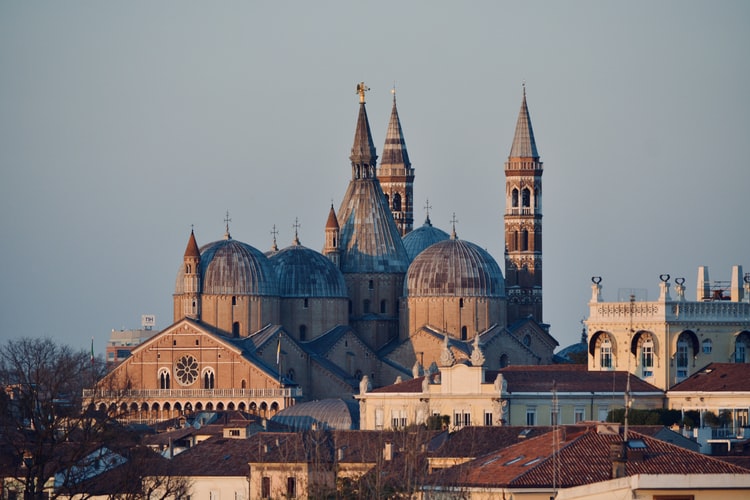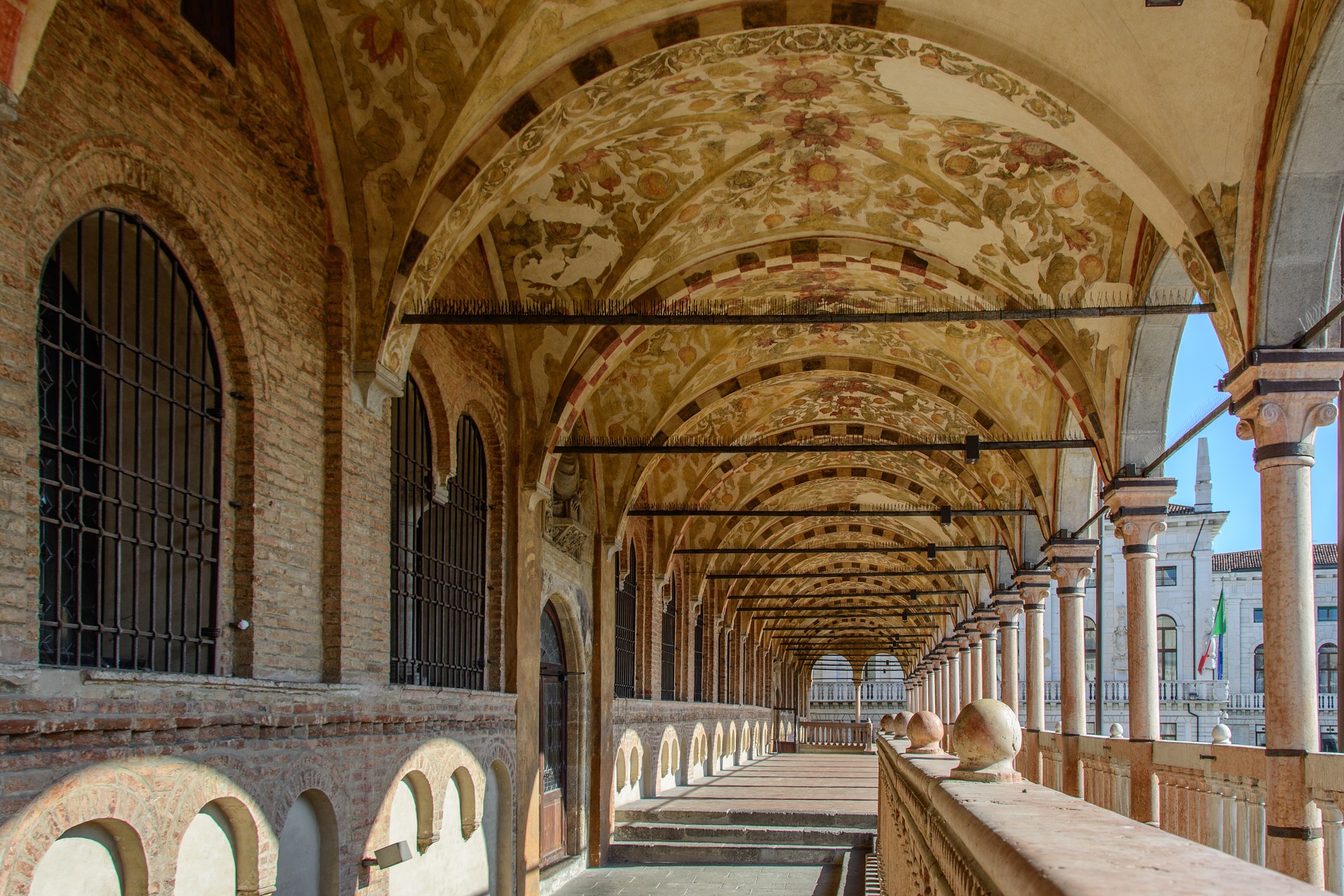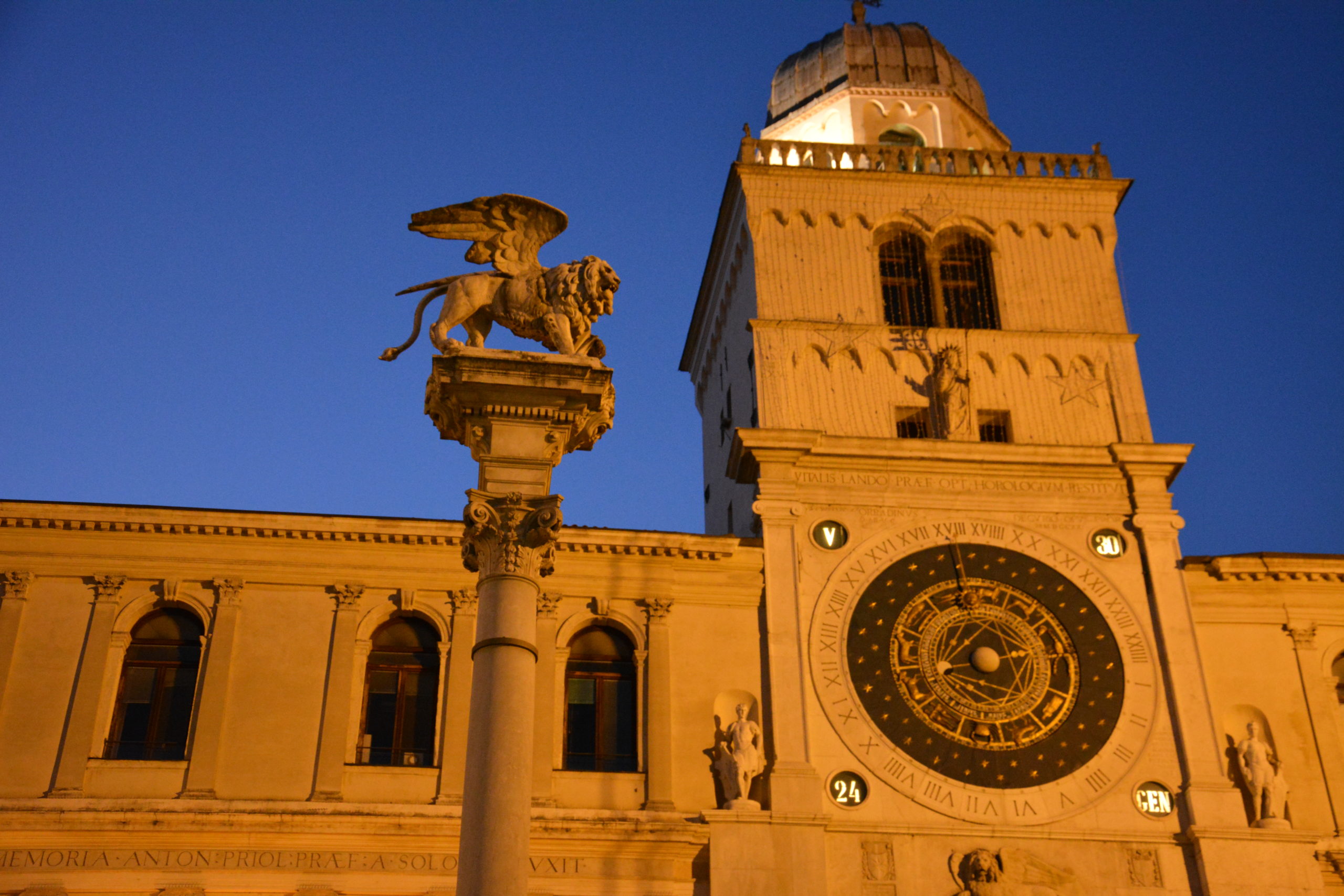Padua – Padova
Guided tours Padua
Many people call it “the city of the 3 without”: the Saint without a name, the café without doors, the meadow without grass *.

It seems to me instead that in Padua (Padova in Italian) there are many more “with“, rather than without: it is the city with many arcades, 25 km without ever having to open an umbrella on rainy days, find it out through one of my guided tours in Padua!
It is the city with such a variety of frescoes from the Italian 14th century that it is therefore a candidate for the UNESCO title.

It is also the city with one of the oldest universities in Italy, and the academic presence has always given it an unusual and unique cultural liveliness.
Prato della Valle is among the largest squares in the world. Saint Anthony is one of the richest basilicas in history, art and spirituality. The most sumptuous Venetian villas are less than half an hour away from Padua.
There are many reasons to visit Padua, just as many to fall in love with it.
What to see in Padua
A guided tour in Padua means an immersion in the most colorful Middle Ages:
Giotto‘s frescoes in the Scrovegni Chapel are a hymn to joy, a cultural and philosophical innovation that is unprecedented in European figurative art. Giotto also painted the Palazzo della Ragione and one of the chapels of the Basilica del Santo, but unfortunately there is nothing left here.
However, other masters of medieval painting are not lacking: the Baptistery of the Cathedral is frescoed by Giusto de Menabuoi, in the Church of Saint Anthony we can admire an entire cycle by Guariento d’Arpo, the Palazzo della Ragione was repainted by skilled masters of the 15th century.

What I like to do in Padua is to follow the water and here there are really many canals, the proximity to Venice is felt. Some streets of Padua are called “riviera” and the calm of the waterways is a common thread of my favorite walks in this city, almost completely cobbled.
A guided tour in Padua is a dip in the color of the great Italian art.

* The Saint without a name is Saint Anthony, but it is so obvious to speak of him that it is not necessary to indicate his name.
The café without doors is the Pedrocchi, originally open 24/7
The lawn without grass is Prato della Valle which is actually a square, with therefore no grass.

